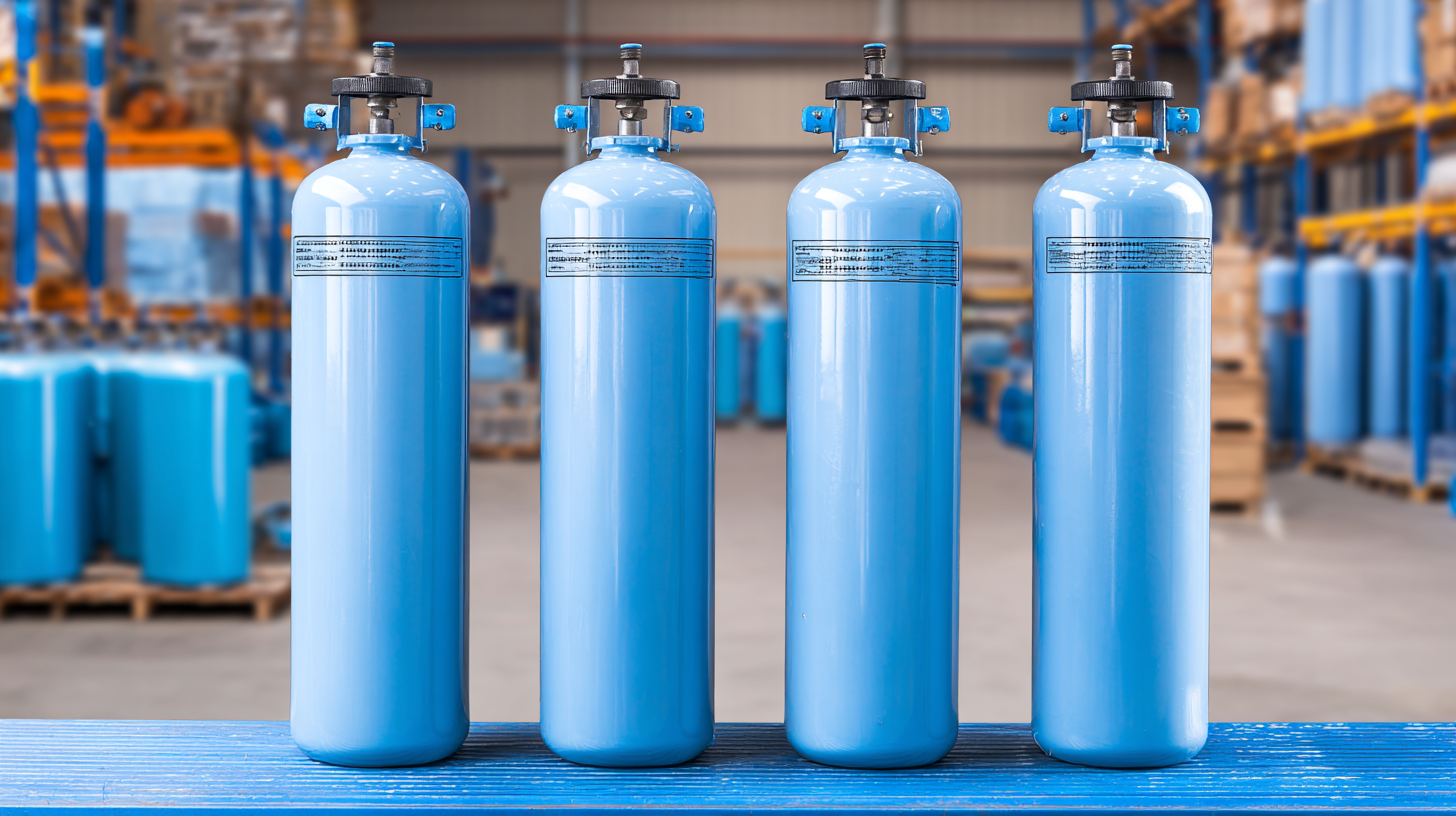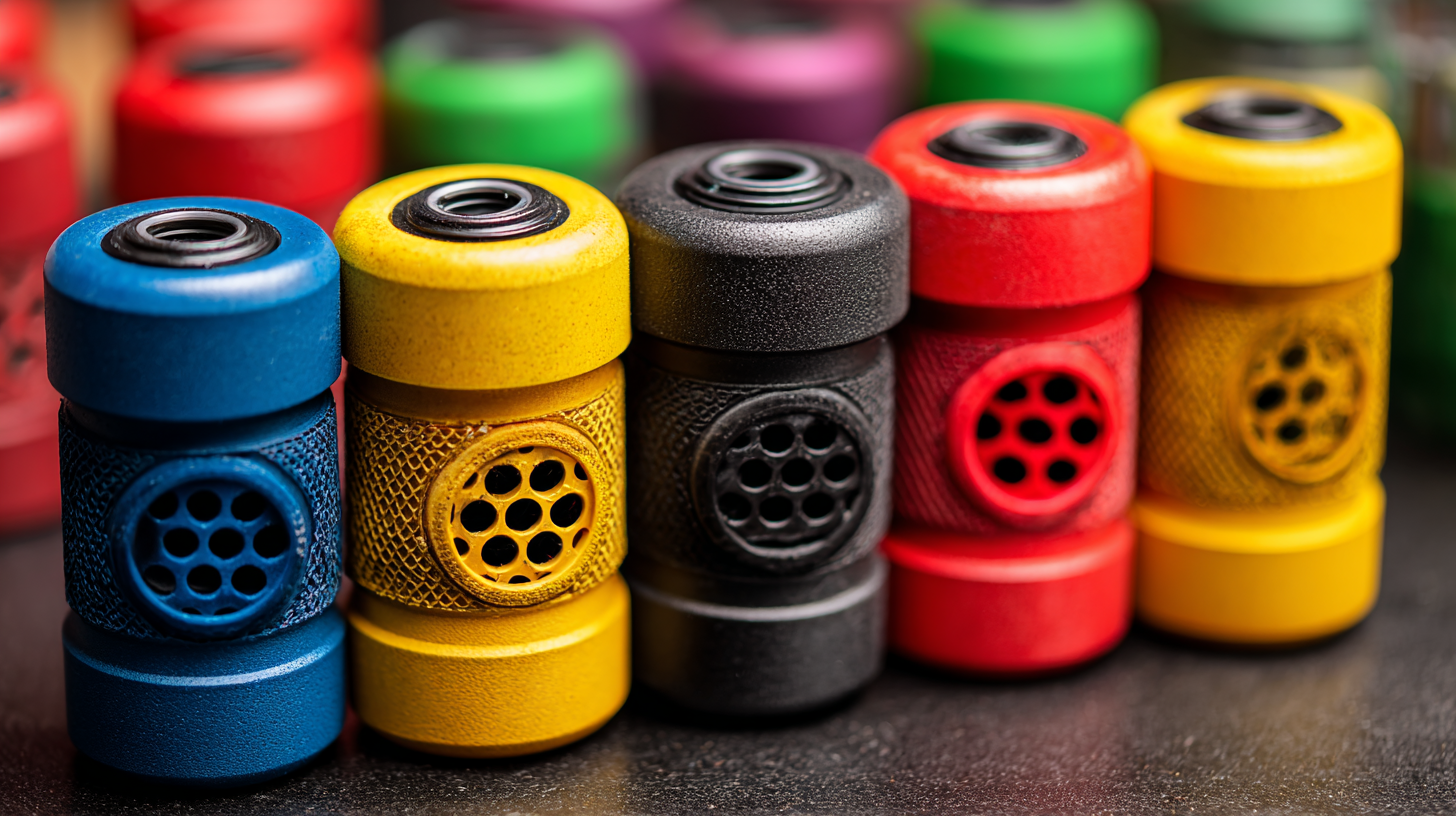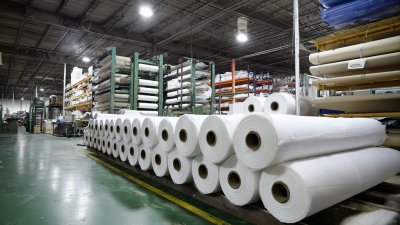Leave Your Message
As we move toward a healthier future in 2025, the importance of clean air cannot be overstated, particularly in environments where breathable air is critical. Breathing Air Filter Cartridges are essential components in ensuring that the air we inhale meets safety standards, especially in industrial and emergency response settings. According to renowned air quality expert Dr. Emily Chen, "The right Breathing Air Filter Cartridges can be the difference between safety and serious health risks in critical situations."
In this ultimate guide, we will explore everything you need to know about Breathing Air Filter Cartridges, including their types, how they function, and important tips for maintaining them. With the advancement of filtration technologies, staying informed will empower you to make better choices for your health and that of your team. Whether you're in construction, firefighting, or chemical manufacturing, understanding the intricacies of Breathing Air Filter Cartridges is not just an advantage—it's a necessity.

Join us as we delve into the essential features and maintenance practices that ensure optimal performance of Breathing Air Filter Cartridges, paving the way for a safer and healthier environment in the years to come.
When selecting breathing air filter cartridges for 2025, it's essential to prioritize several key features to ensure optimal air quality and health safety. Firstly, the filtration efficiency should be at the forefront of your considerations. Look for cartridges that can effectively remove pollutants such as
particulate matter, gases, and volatile organic compounds (VOCs).
Advanced multi-stage filtration systems that incorporate activated carbon and HEPA filters are recommended as they enhance overall air purification, providing a cleaner breathing environment.
Another crucial feature is compatibility with a variety of respirators and air supply systems. As technology evolves, so do the designs of breathing apparatus. Ensure that the cartridges are versatile enough to fit different models while providing a secure seal. Additionally, consider the lifespan and maintenance requirements of the cartridges. Longer-lasting filters not only reduce replacement costs but also minimize downtime, ensuring uninterrupted protection.
Always check for certifications and compliance with industry standards, as these indicators can guide you toward high-quality, reliable products for a healthier future.
In 2025, the demand for high-quality breathing air filter cartridges has surged, pushing brands to innovate and enhance their offerings. A comparative analysis reveals that some of the top brands have made significant strides in filtration technology. Brands like FilterTech and PureAir have introduced advanced multi-stage filtration systems that effectively capture a broader range of airborne pollutants. These cartridges not only eliminate harmful particulates but also neutralize unpleasant odors, providing a cleaner air experience for users.
Furthermore, sustainability has become a key factor influencing consumer choices. Brands are increasingly focusing on eco-friendly materials and recyclable cartridge designs, appealing to environmentally conscious consumers. For instance, EcoBreathe has gained attention with its biodegradable filters that don’t compromise on performance. Each brand's commitment to health, efficiency, and environmental responsibility reflects an evolving market landscape where informed consumers seek products that align with their values. Thus, the choice of an air filter cartridge in 2025 goes beyond mere functionality, with factors like brand ethics and innovation at the forefront of decision-making.
Maintaining and replacing your breathing air filter cartridge is essential for ensuring safe and clean air, especially in environments where contaminants may be present. Regular inspection should be a part of your routine; check for any signs of damage, wear, or clogging that could affect the filter’s performance. It’s generally advised to perform this check at least once a month, and more frequently in high-use situations. Keeping your filter clean will not only help ensure optimal air quality but also extend the lifespan of the cartridge itself.
When it comes to replacement, follow the manufacturer’s guidelines regarding lifespan and usage conditions. If you notice an increase in breathing resistance or a change in airflow, it may be time for a replacement, even if the cartridge hasn’t reached its suggested limit. Make sure you store your replacement cartridges in a cool, dry place to prevent degradation before use. Adhering to these maintenance and replacement practices will significantly contribute to a healthier breathing environment as we move toward 2025.

The health benefits of using high-quality air filters cannot be overstated, especially as the air filtration market is projected to reach a remarkable $4.6956 billion by 2025, with an estimated compound annual growth rate of 5.9% leading to $74.278 billion by 2033. This significant growth underscores the increasing recognition of indoor air quality as a crucial component of overall health, particularly in the wake of heightened awareness about air pollution caused by everyday activities like cooking and cleaning. In fact, experts suggest that indoor air quality can be substantially compromised, making the need for effective filtration paramount.
One of the primary methods to mitigate indoor air pollution is through the utilization of advanced HEPA filters, which are gaining traction across various sectors, including HVAC systems and air purifiers. According to industry reports, the demand for HEPA filters is set to surge as more people seek solutions to combat the harmful effects of airborne contaminants. Moreover, the automotive sector is also expected to see significant growth, with the market for in-car air quality projected to reach $8 billion by 2032, driven primarily by innovations in filtration technology. As we progress toward 2025, adopting high-quality air filters will be essential for maintaining a healthier living environment.
| Filter Type | Particle Size Removal (microns) | Efficiency (%) | Health Benefits | Average Lifespan (months) |
|---|---|---|---|---|
| HEPA Filter | 0.3 | 99.97 | Removes allergens and dust | 12 |
| Activated Carbon Filter | N/A | Variable | Reduces odors, harmful gases | 6 |
| Electrostatic Filter | 0.01 | 85 | Captures fine particles and smoke | 24 |
| Washable Filter | 5 | 50 | Cost-effective, reusable | 36 |
| MERV 11 Filter | 1.0 - 3.0 | 65 | Helps with asthma and allergies | 12 |
As we look toward a healthier 2025, advancements in breathing air filter technology are poised to play a crucial role in ensuring superior air quality. According to a report by the Global Market Insights, the demand for air filtration systems is projected to exceed $20 billion by 2026, driven by an increasing awareness of air pollution's impact on health. Innovative technologies such as high-efficiency particulate air (HEPA) filters and activated carbon filters have demonstrated significant effectiveness in removing fine particulates and harmful gases from the air, contributing to a safer breathing environment.
Furthermore, emerging trends in smart filtration technology are revolutionizing the way we think about air quality management. The introduction of IoT-enabled filters allows for real-time monitoring and data analysis, enabling users to track pollution levels and filter performance dynamically. A study from the Environmental Protection Agency (EPA) indicates that improving indoor air quality with advanced filtration can reduce respiratory issues by up to 30%. As consumers increasingly prioritize health and wellness, the integration of these technologies will likely become a standard in both residential and commercial settings, making cleaner air more accessible than ever before.







